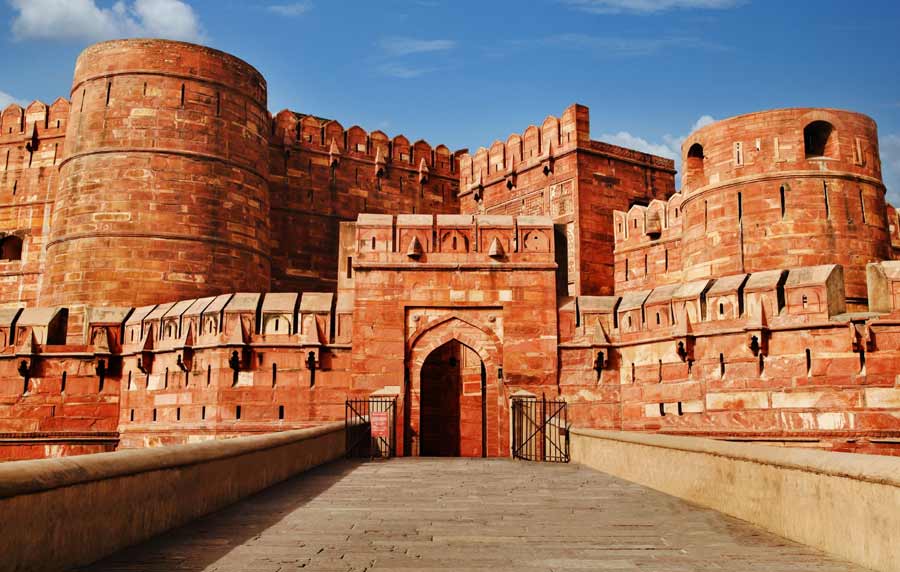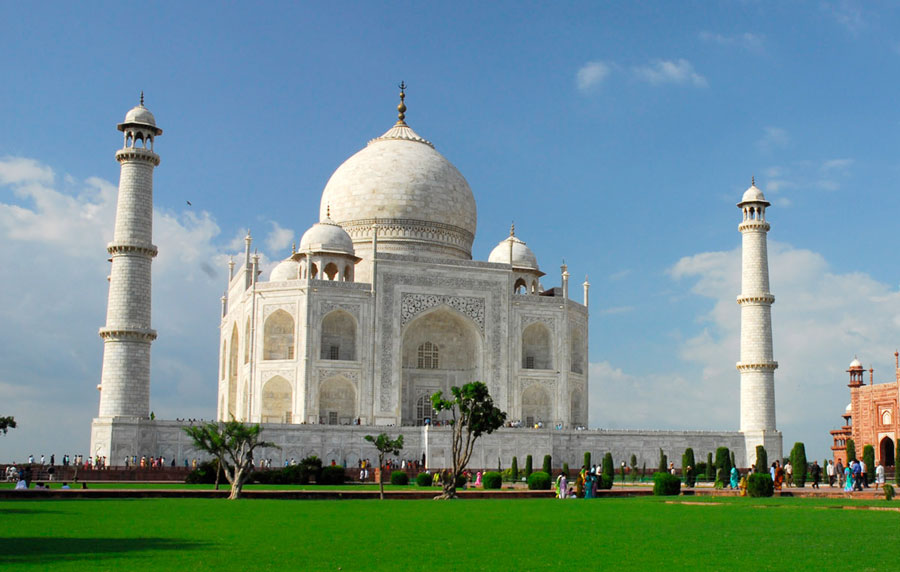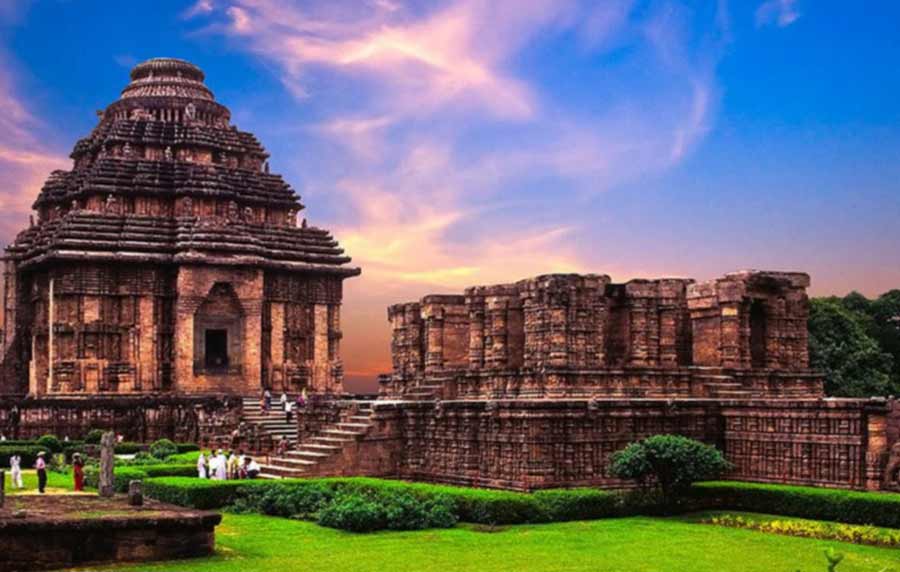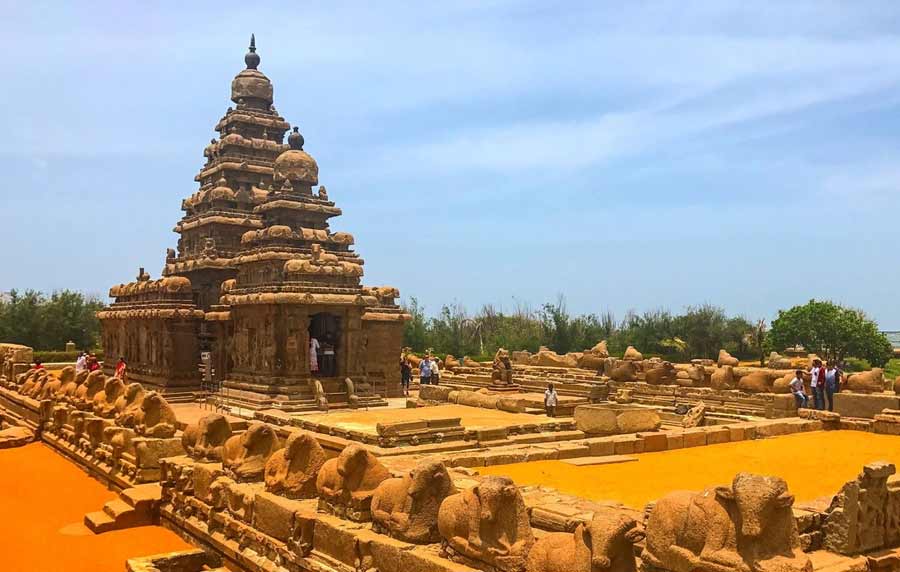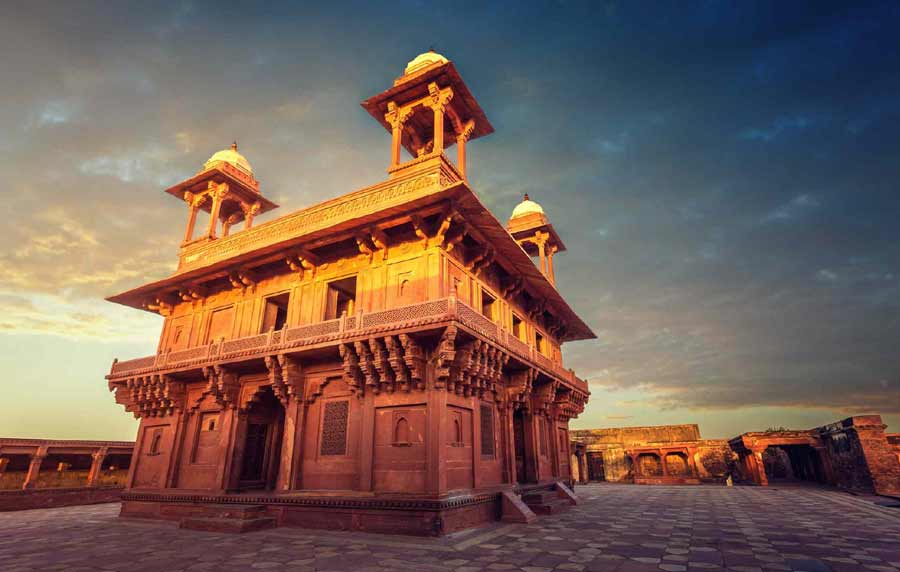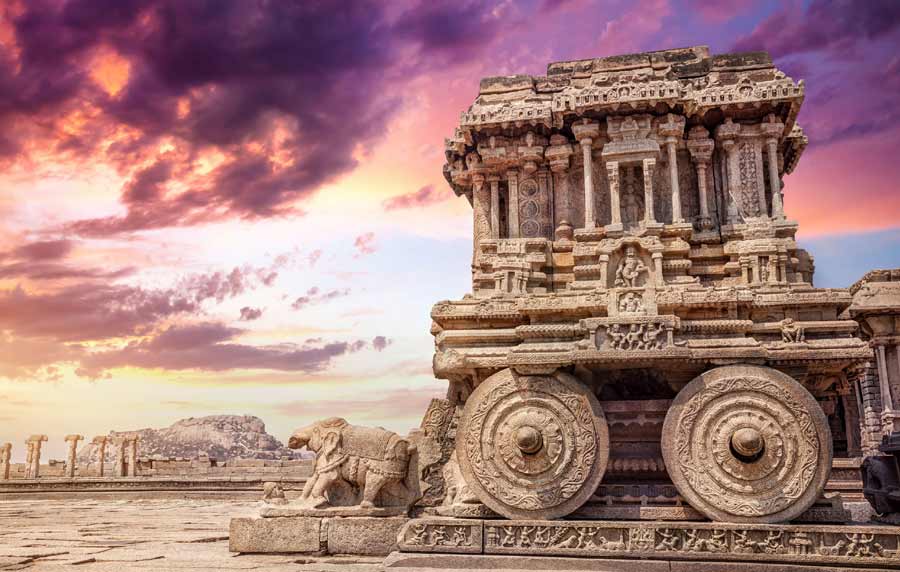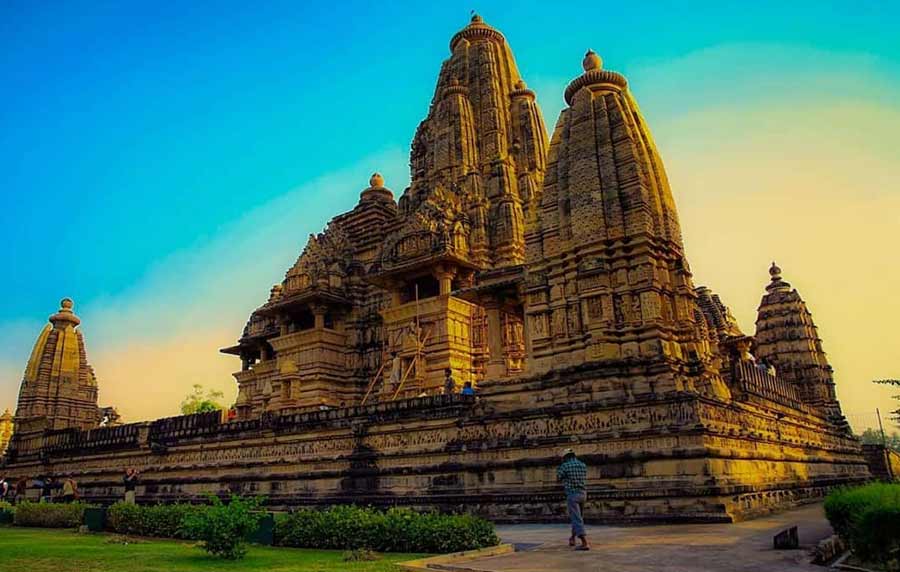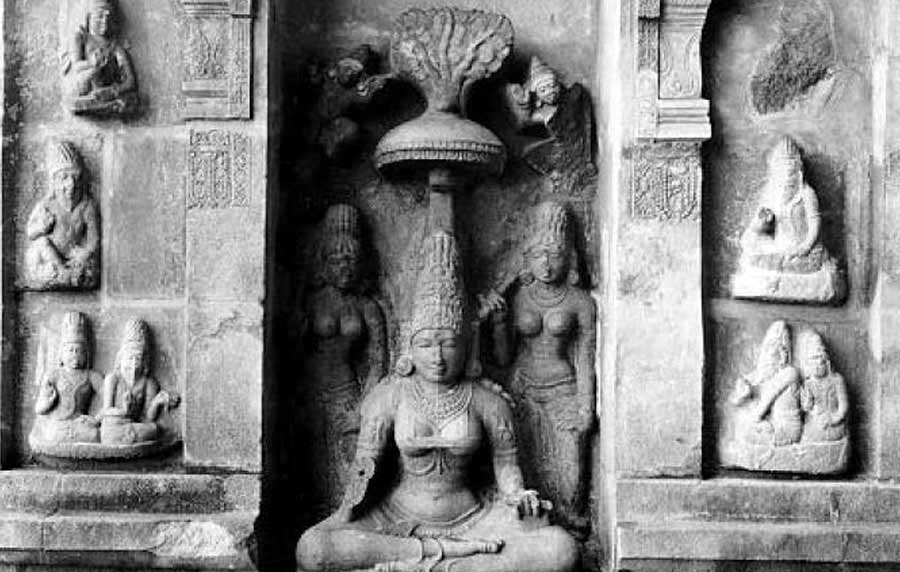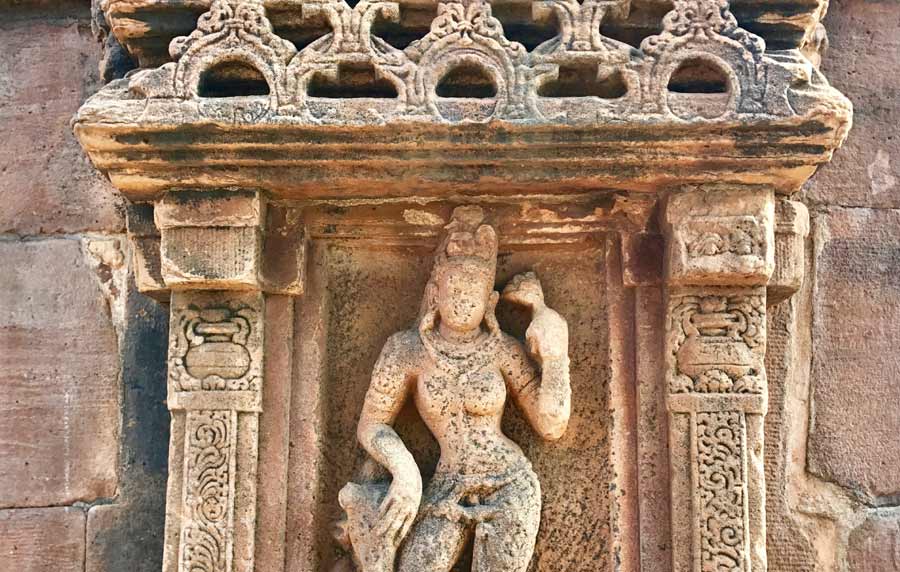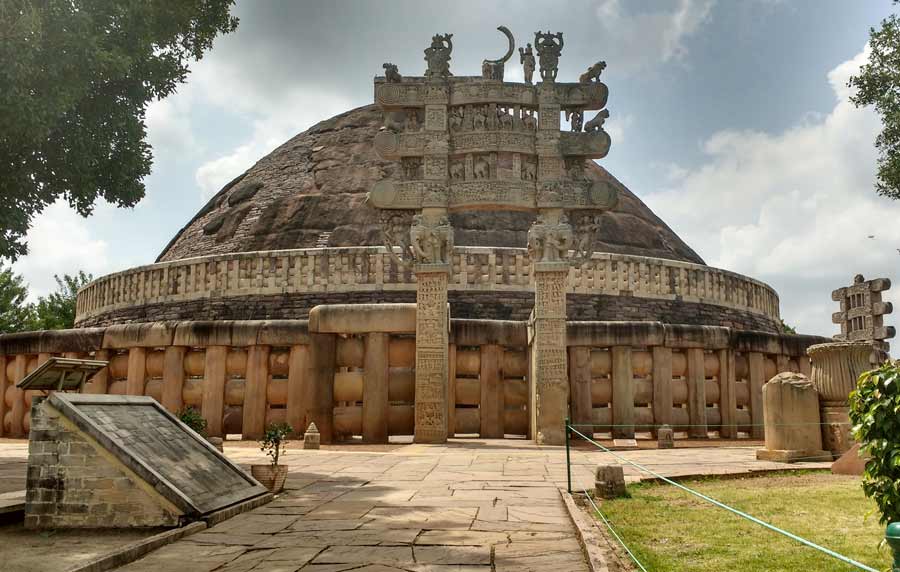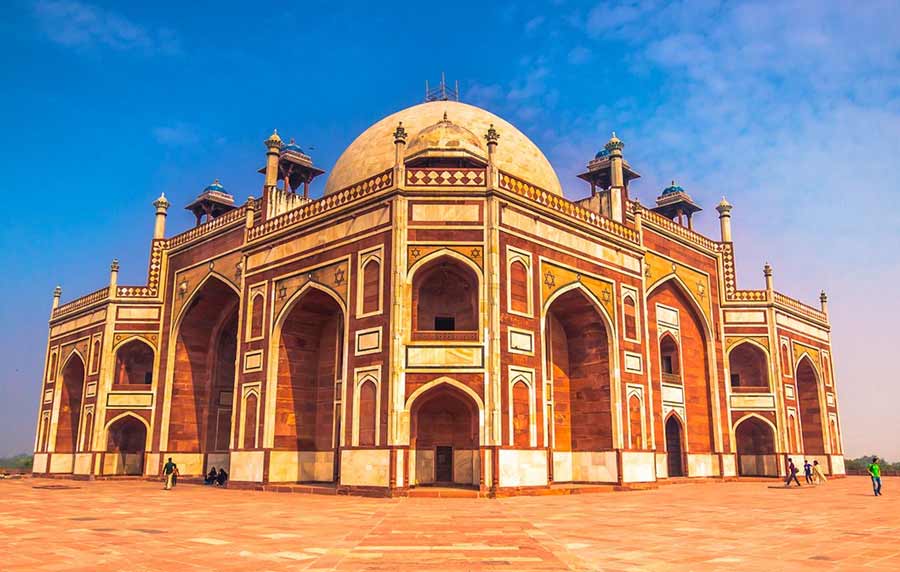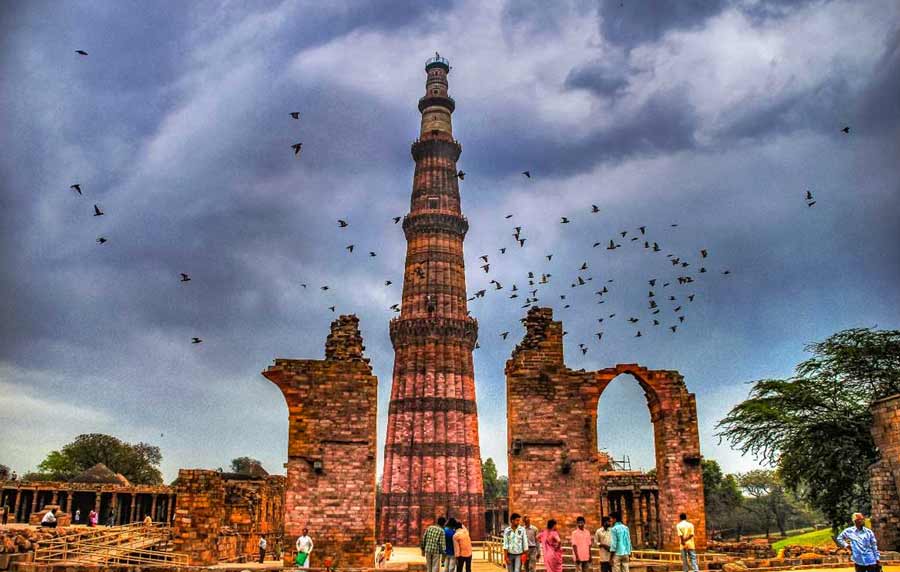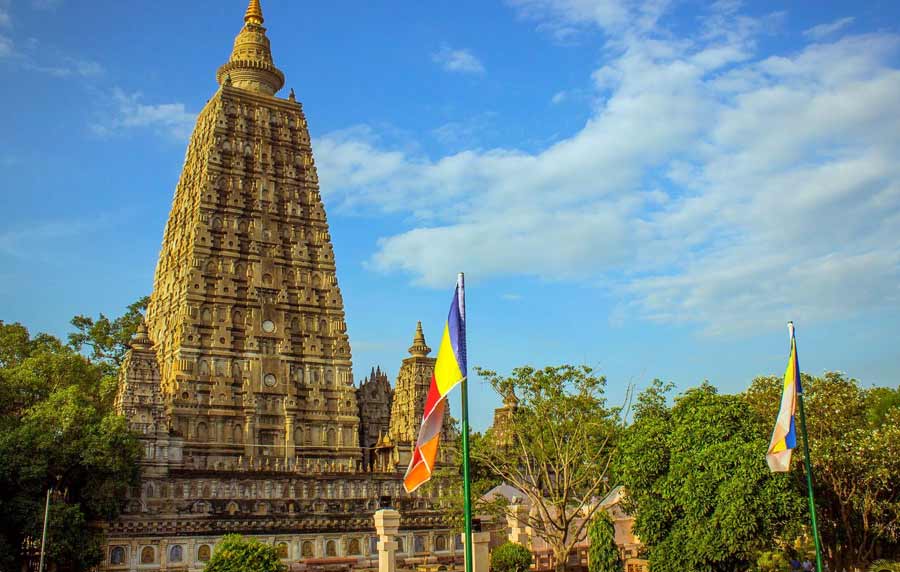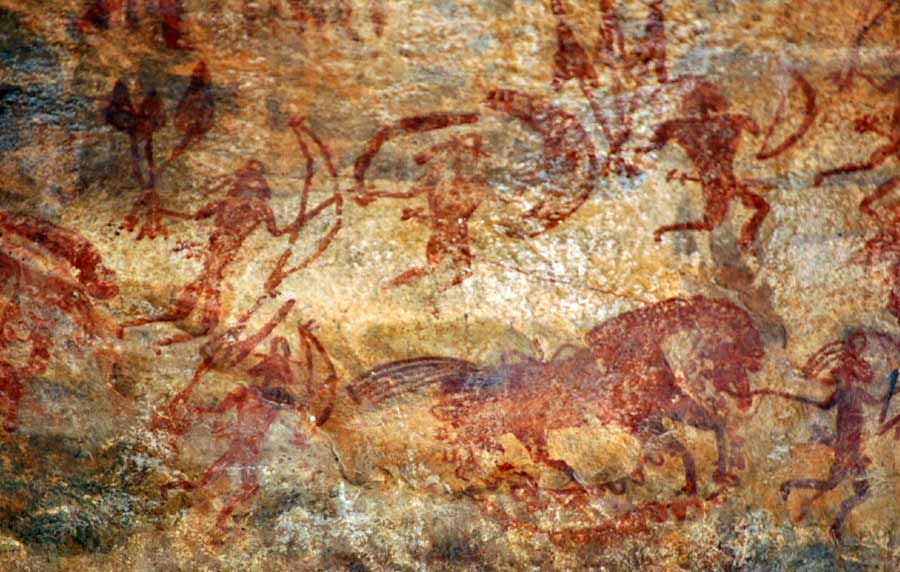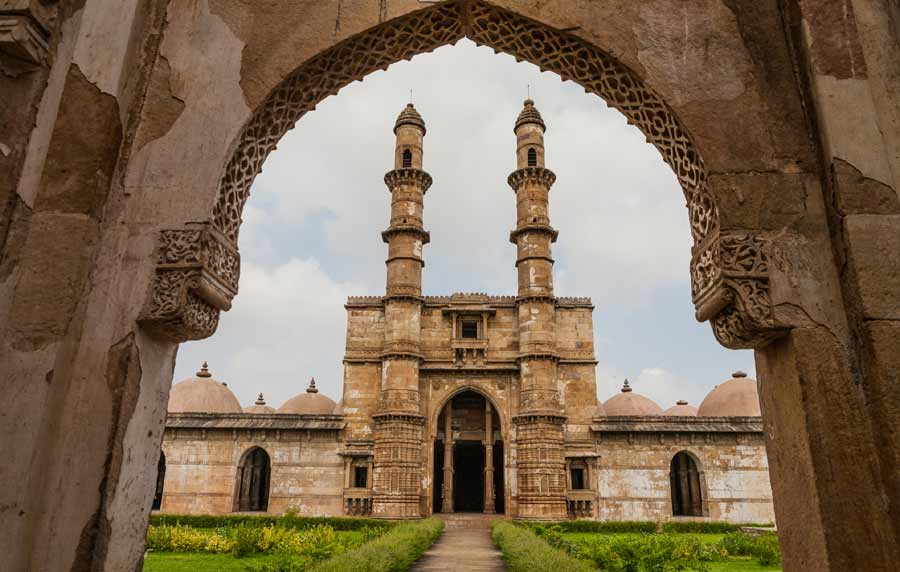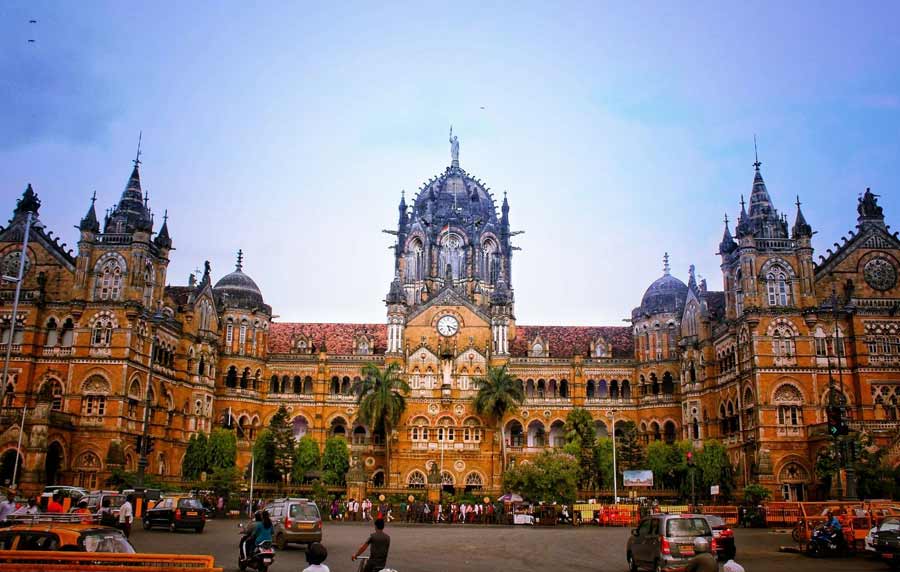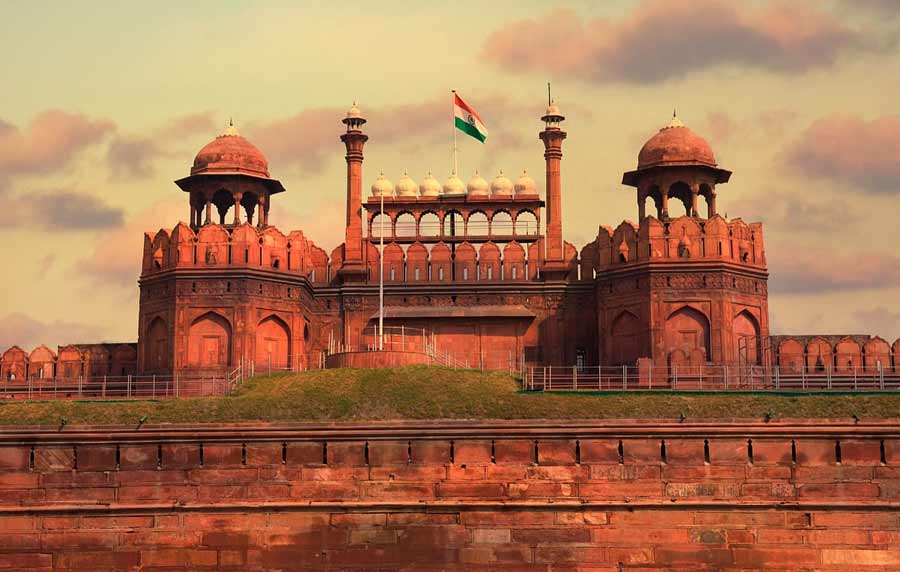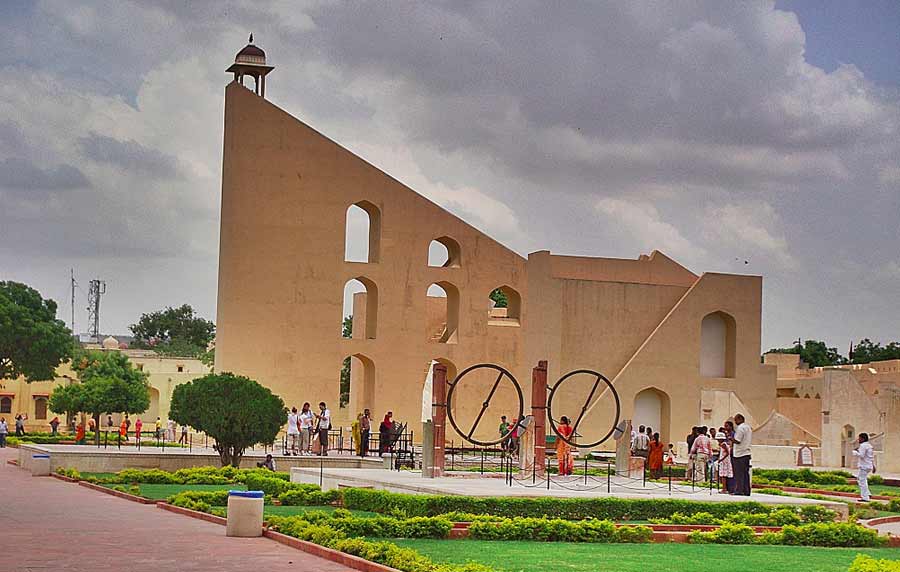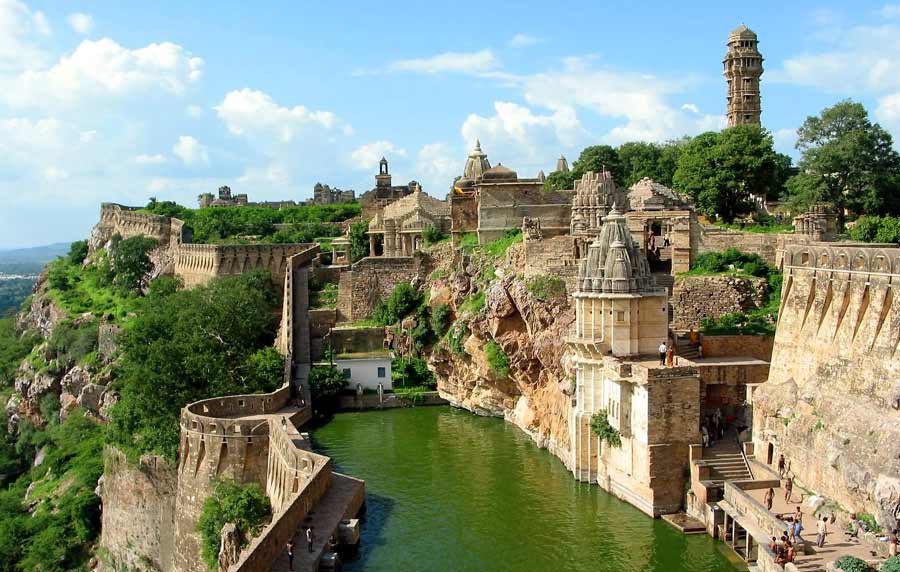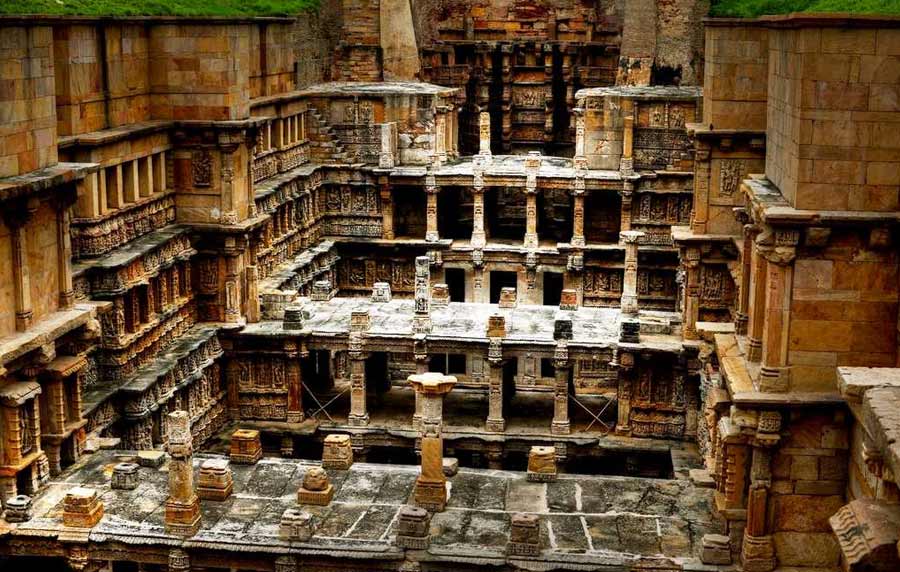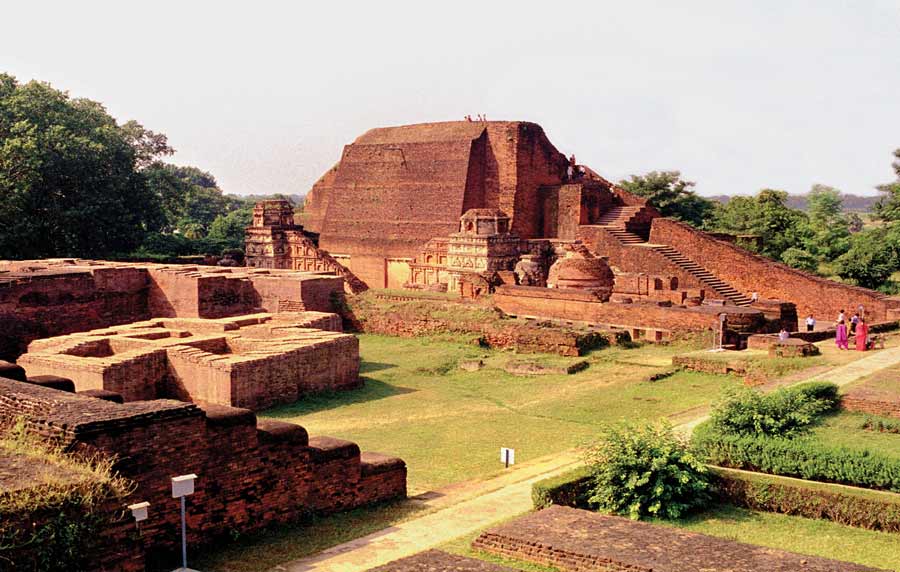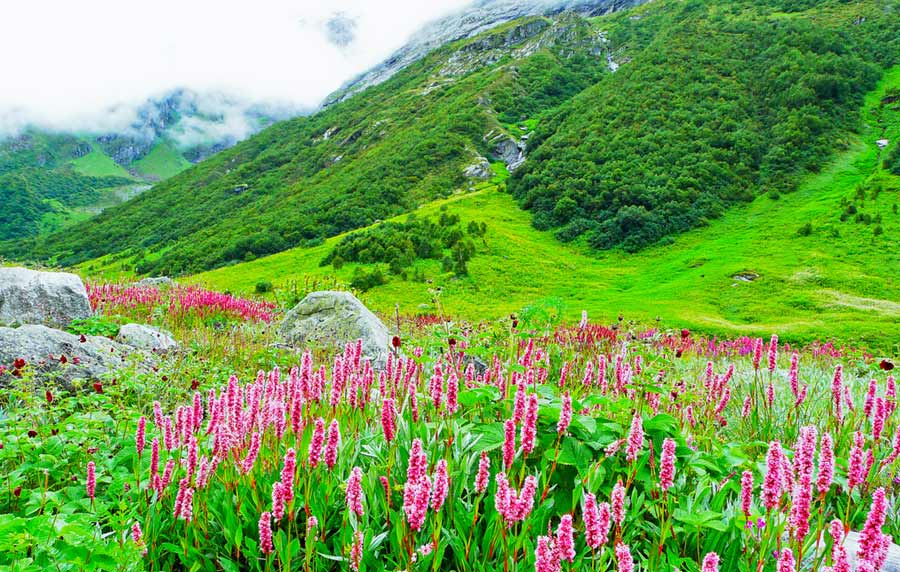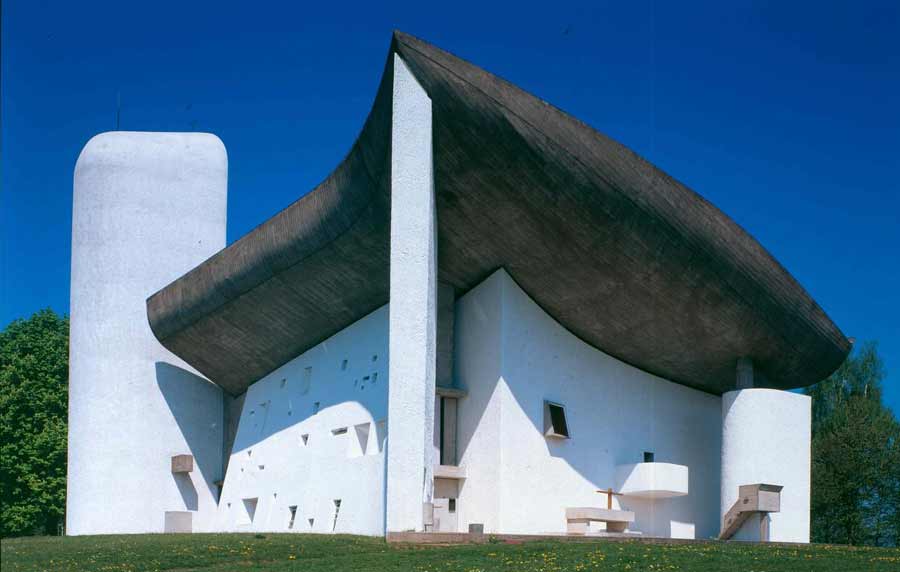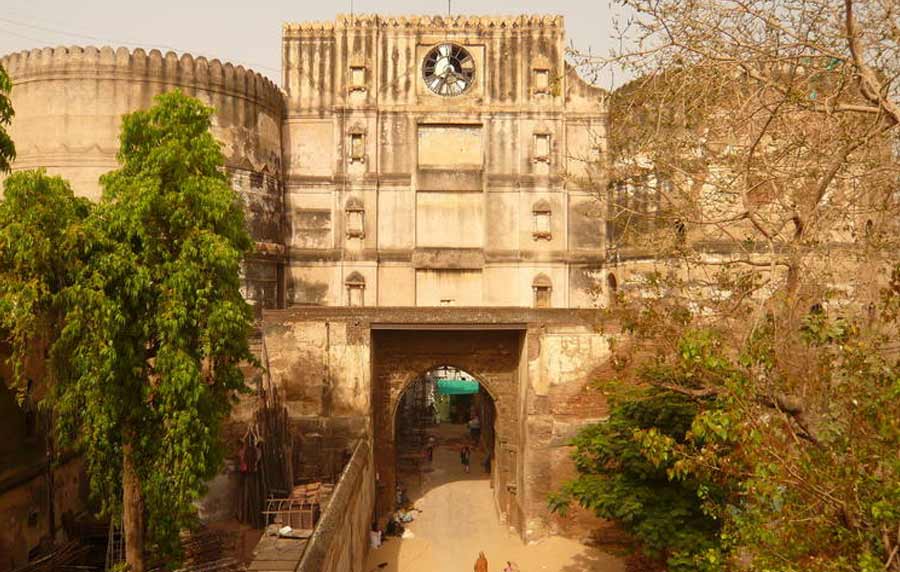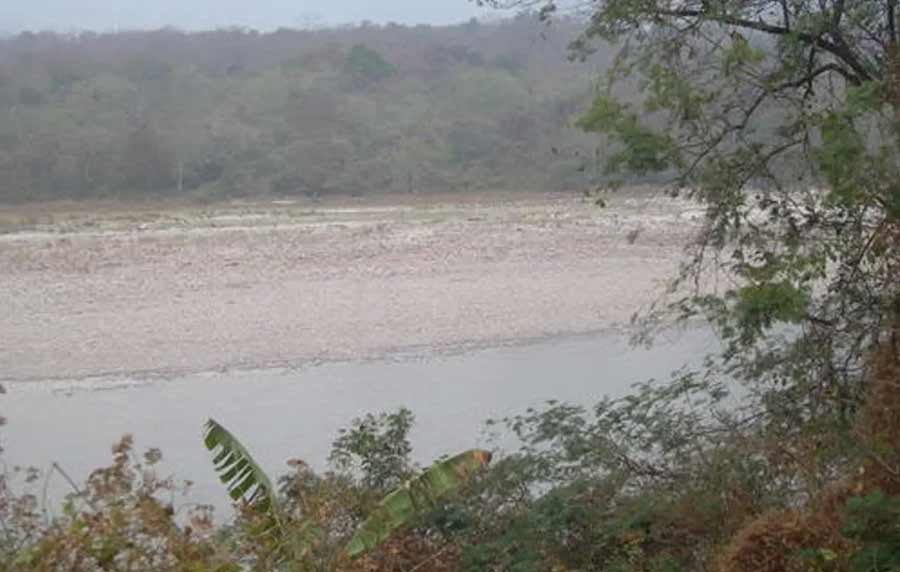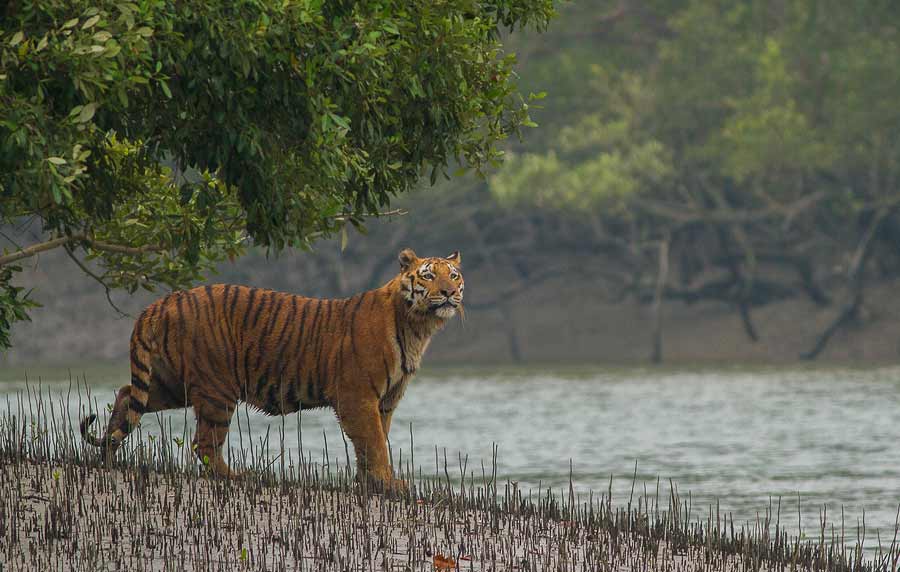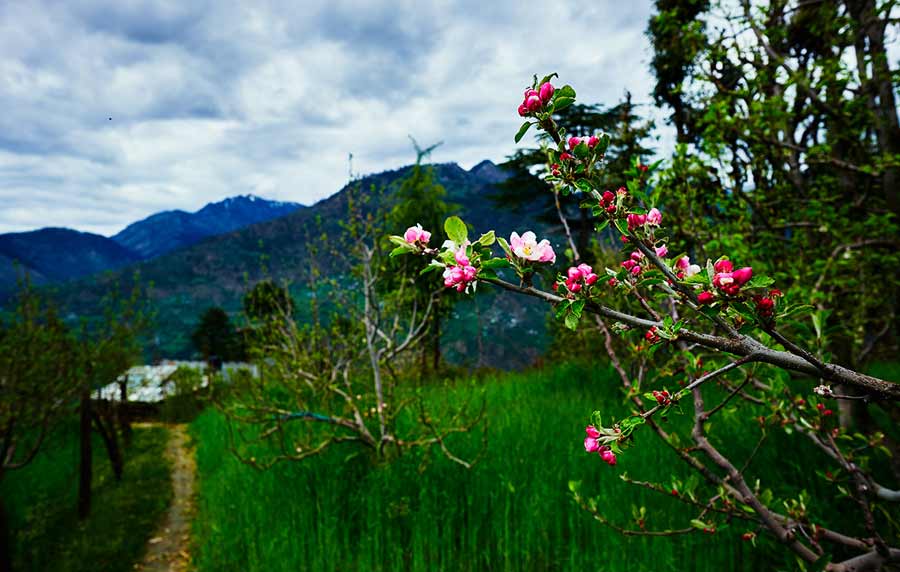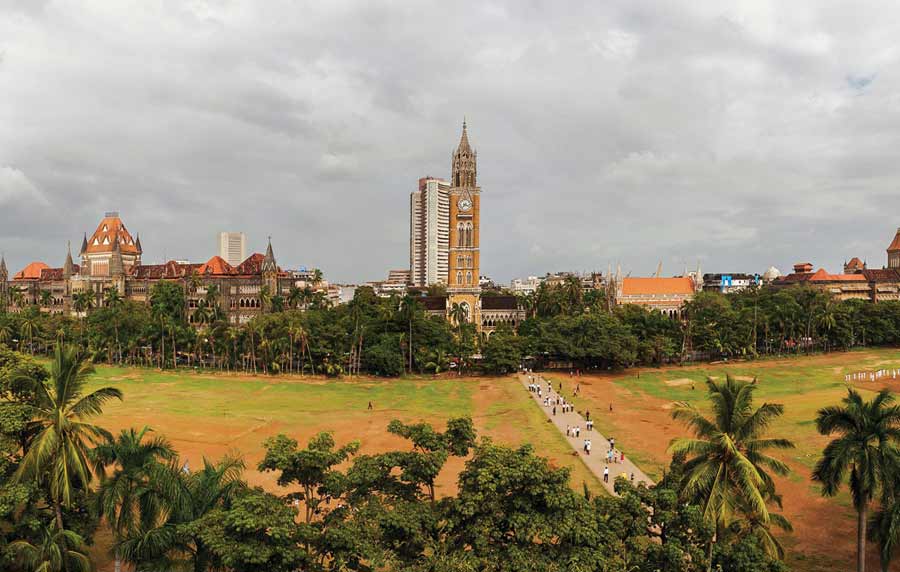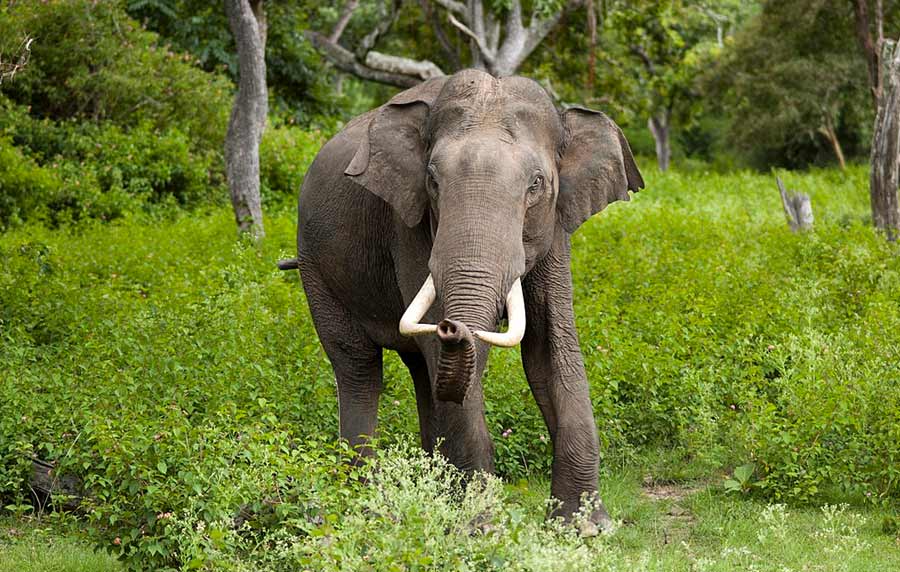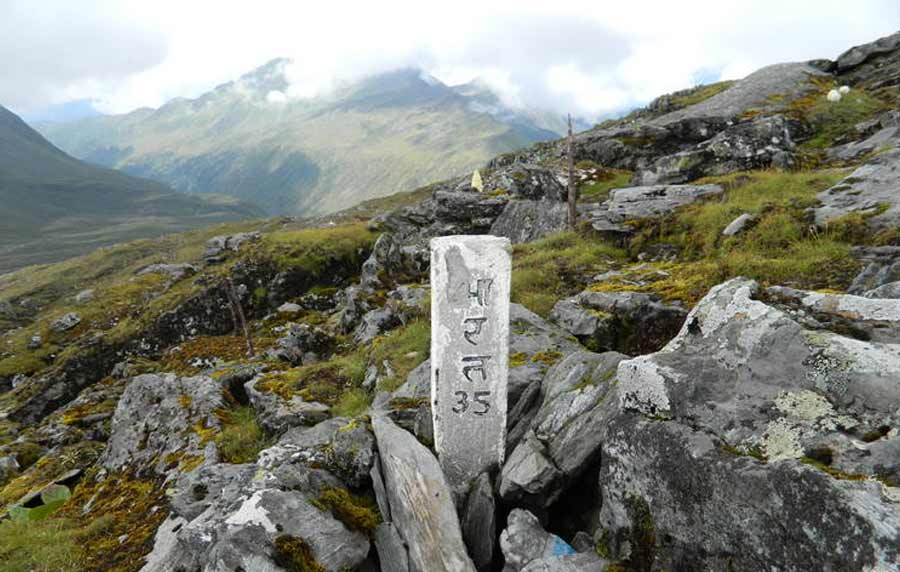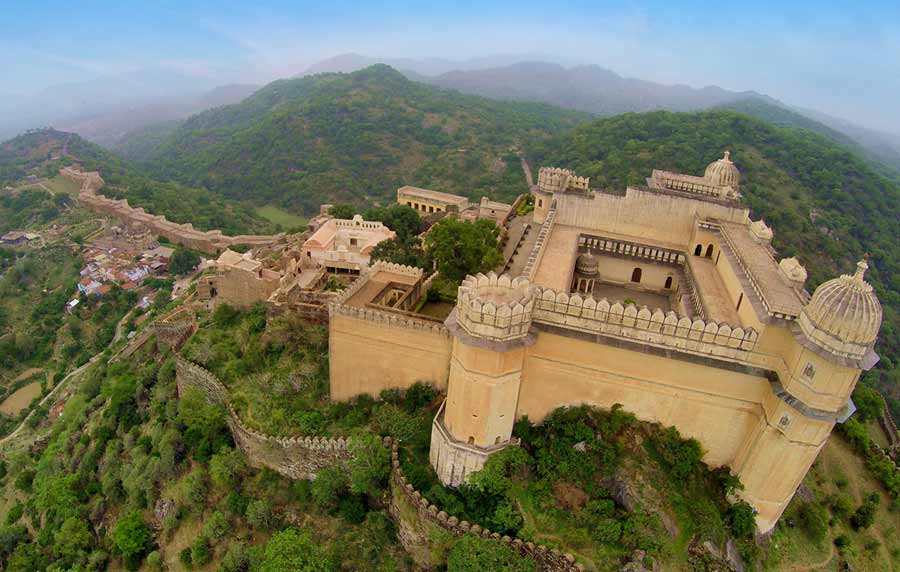Great Himalayan National Park Conservation Area
This National Park in the western part of the Himalayan Mountains in the northern Indian state of Himachal Pradesh is characterized by high alpine peaks, alpine meadows and riverine forests. The 90,540 ha property includes the upper mountain glacial and snow meltwater sources of several rivers, and the catchments of water supplies that are vital to millions of downstream users. The GHNPCA protects the monsoon-affected forests and alpine meadows of the Himalayan front ranges. It is part of the Himalaya biodiversity hotspot and includes twenty-five forest types along with a rich assemblage of fauna species, several of which are threatened. This gives the site outstanding significance for biodiversity conservation.
The property lies within the ecologically distinct Western Himalayas at the junction between two of the world’s major biogeographic realms, the Palearctic and Indomalayan Realms. Displaying biotic elements from both these realms, the Great Himalayan National Park Conservation Area protects the monsoon affected forests and alpine meadows of the Himalayan front ranges which sustain a unique biota comprised of many distinct altitude-sensitive ecosystems. The property is home to many plants and animals endemic to the region. The Great Himalayan National Park Conservation Area displays distinct broadleaf and conifer forest types forming mosaics of habitat across steep valley side landscapes. It is a compact, natural and biodiverse protected area system that includes 25 forest types and an associated rich assemblage of fauna species.
The Great Himalayan National Park Conservation Area is at the core of a larger area of surrounding protected areas which form an island of undisturbed environments in the greater Western Himalayan landscape. The diversity of species present is rich; however it is the abundance and health of individual species’ populations supported by healthy ecosystem processes where the Great Himalayan National Park Conservation Area demonstrates its outstanding significance for biodiversity conservation.
UNESCO World Heritage Sites India
The United Nations Educational, Scientific and Cultural Organization (UNESCO) World Heritage Sites are important places of cultural or natural heritage as described in the UNESCO World Heritage Convention, established in 1972. There are 37 World Heritage Sites located in India. These include 29 cultural sites, seven natural sites and one mixed site. India has the sixth largest number of sites in the world. Recently, Orchha is enlisted in the tentative list of UNESCO. The Seventh Wonder of the World and a UNESCO World Heritage Site, Taj Mahal is not merely a site that brings us to the pages of history; it is an epitome of true love, brilliant architecture and artistic precision. The white-marble mausoleum was commissioned by Shah Jahan for his wife, Mumta Mahal, way back in 1632. And to complete the masterpiece it took about 22 years and as much as 20,000 artisans.
 +91 9799050299
+91 9799050299 


